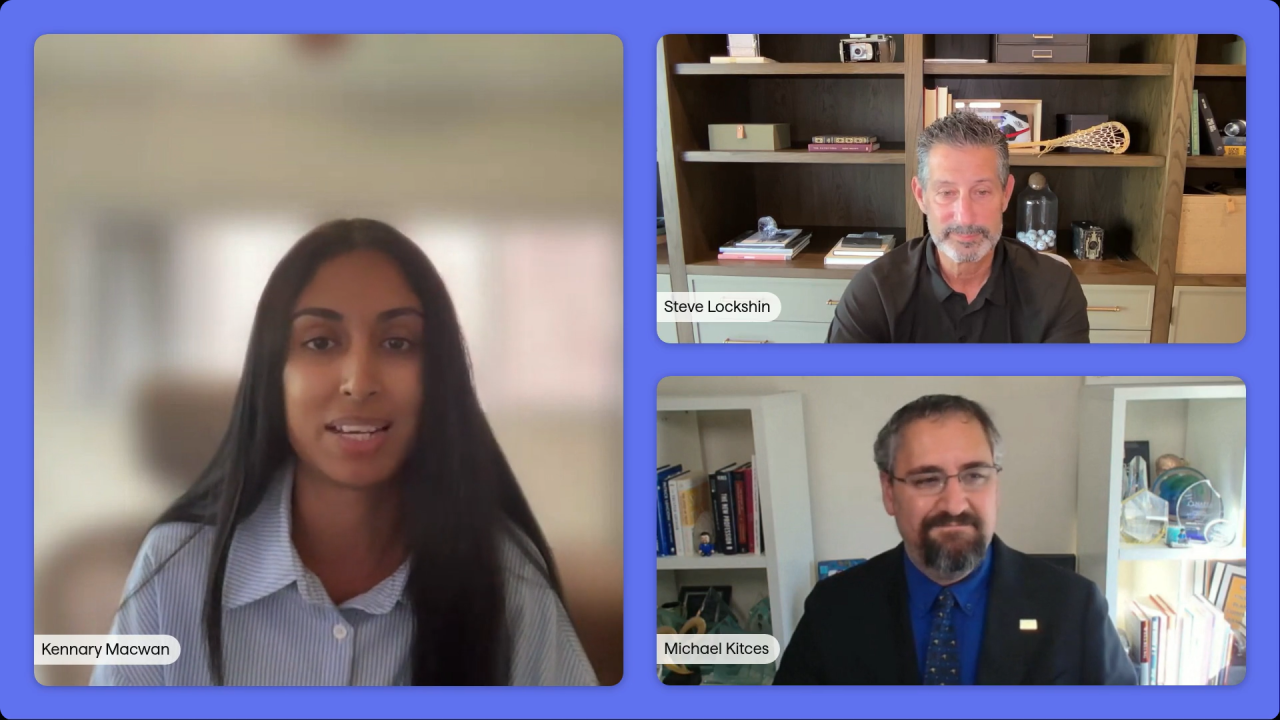While today,
So, when it came to building Facet's subscription-based financial planning offering, Jones said he saw an opportunity to build the tech in-house "to make our advisors a lot more efficient, which, in effect, lowers the end cost and allows us to access this very different market."
Jones was a founding partner of Argyle Ventures, which invests in emerging startup markets, and focuses on advertising, technology, financial technology and healthcare IT. Before that, he was on the early team at LiveRamp, which was acquired by Acxiom for $310 million, and was an investor or advisor in many other startups in Silicon Valley.
READ MORE:
"We have built a bunch of homegrown tech, with a focus around advisor efficiency," he said about Facet. "We've basically built everything that we use. The only off-the-shelf stuff that we use is our account aggregators. Everything else is totally homegrown. We have an engineering team of about 25 people, and we built it all from scratch."
READ MORE:
Jones took the time to discuss the benefits of building the firm's own tech stack from scratch, how they are using AI and what they would change if they could.
This interview has been lightly edited for clarity and length.
Financial Planning: When you're looking at your tech stack, what is one thing you would change if you could?
Anders Jones: When we onboard a new member, obviously step No. 1 is to collect as much data as we possibly can. We have a data science team [that's] built a pretty cool AI feature where we basically scrape the sales calls and then use that to populate the CRM with as much as we can. We've automated a bunch of the data collection based on the onboarding calls.
But, that being said, there are some specific data points that you need. We use Plaid, Yodlee and Finicity to have people link accounts. To your question about, if we could switch something, what would it be? I'd say our No. 1 issue is getting those accounts to remain linked, and also, getting coverage across the 15,000 different financial institutions that are in the U.S. That's a challenge that I feel like no one has solved well. We do it as best as we can, but there are still problems.
FP: You mentioned using AI, which I've obviously been writing about a lot, but how else are you using it in your tech stack?
AJ: AI is a really interesting one, and there are a lot of different approaches in the industry about how it's going to unfold and work. Our view is that we are a long way away from a pure AI financial advisor like the machines are going to replace us. We don't see that happening anytime soon.
Instead, what we're focused on is, "How can we identify very specific business processes that AI can do a better job than a human?" We have a backlog of dozens of things where it's like, "Oh, this one thing takes human time, and frankly, is subject to human error. Why don't we bring AI and replace it?"
I'll give you another specific example: We record all of our calls. We scrape the transcripts. Then, AI will write the meeting notes. We'll write the meeting notes and the follow-up email that the advisor then proofreads and sends. We've saved something like 10,000 man-hours in the last six months based on advisors not having to write their follow-up emails anymore.
We have many more use cases in the backlog. We do it all in-house with our data science team. We use our data, and then we marry it with off-the-shelf models, like the
FP: You've talked about how you do a lot of this in-house. Has that given you more control over your tech stack rather than just buying things off the shelf directly?
AJ: One hundred percent. From day 1, when we started the company, we basically said, "We need to be very thoughtful about how our data flows between different systems." We've had the benefit of (not having) a bunch of legacy systems that don't talk to each other. We were thoughtful about that from day 1. If we weren't doing it all in-house, it would be very, very challenging. It's definitely more expensive to do it our way, certainly in the beginning. But I think in the long run, that you know, definitely there's big benefits.
We designed our planning process and philosophy first, and then we built the tech up to support it. And there's a lot of folks who are basically sold a tech solution, and then they figure out how to kind of bolt it into whatever it is they do. And that's the wrong way of going about it.
Something that served us really well was deciding what the process and the philosophy has to be first, and then figuring out, "OK, what do we need to do to get the efficiencies? What's the tech that we need to build or buy to get things going?"






